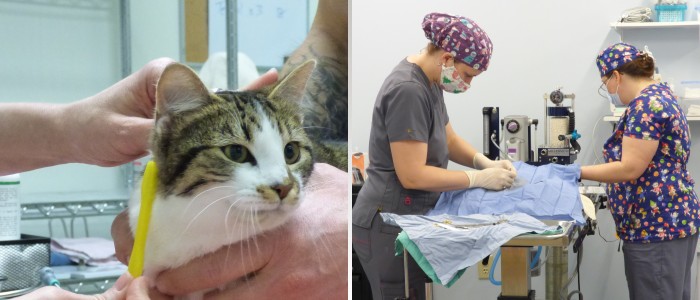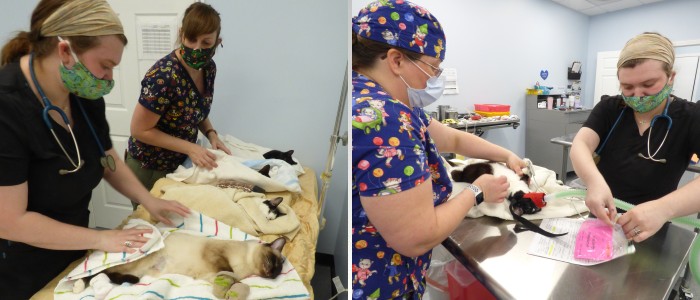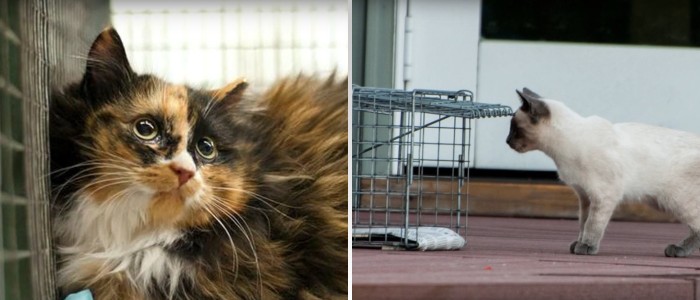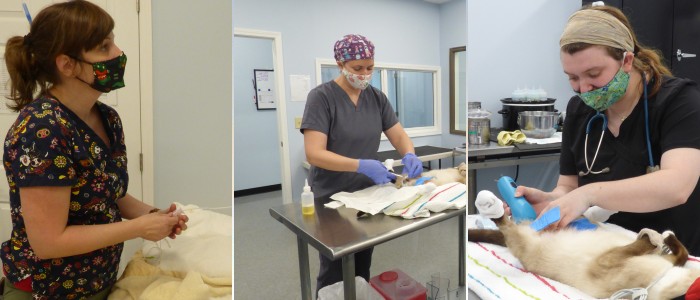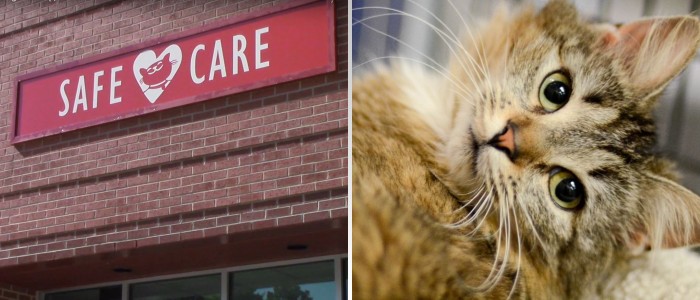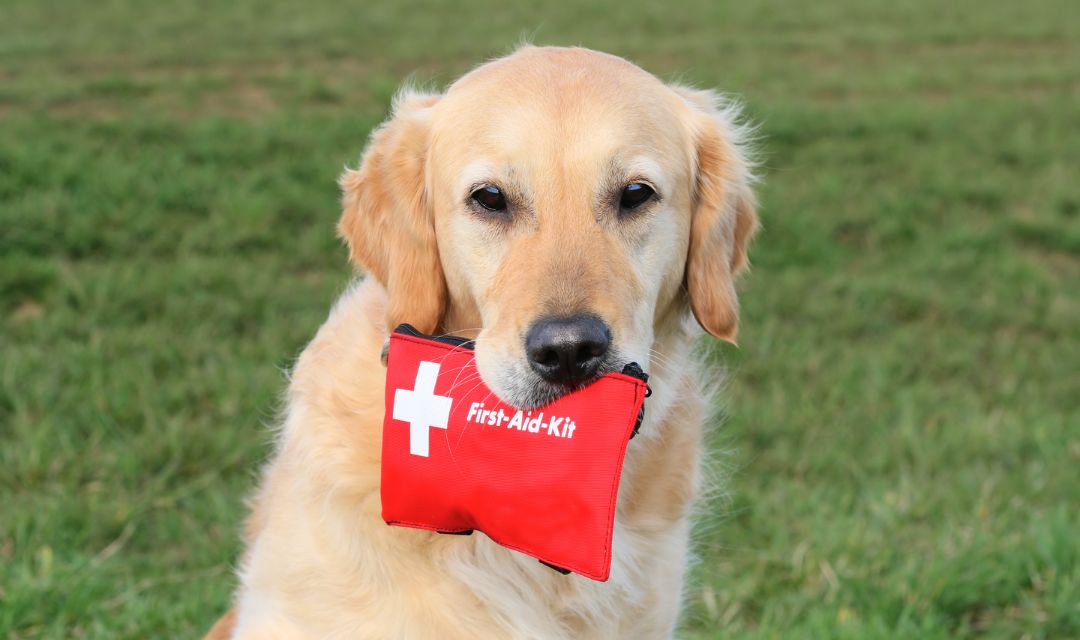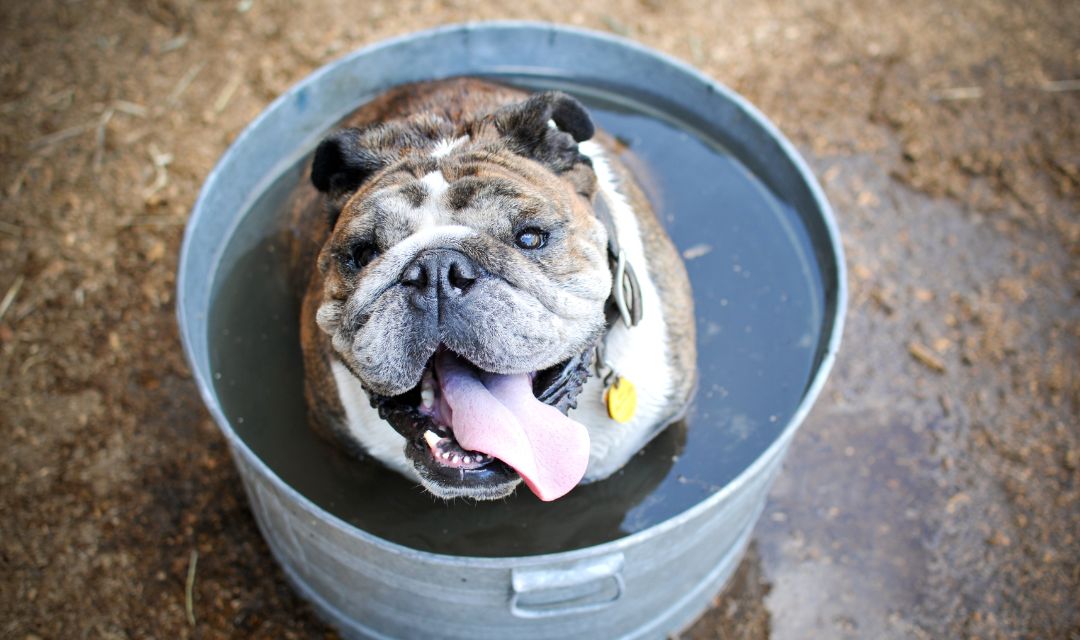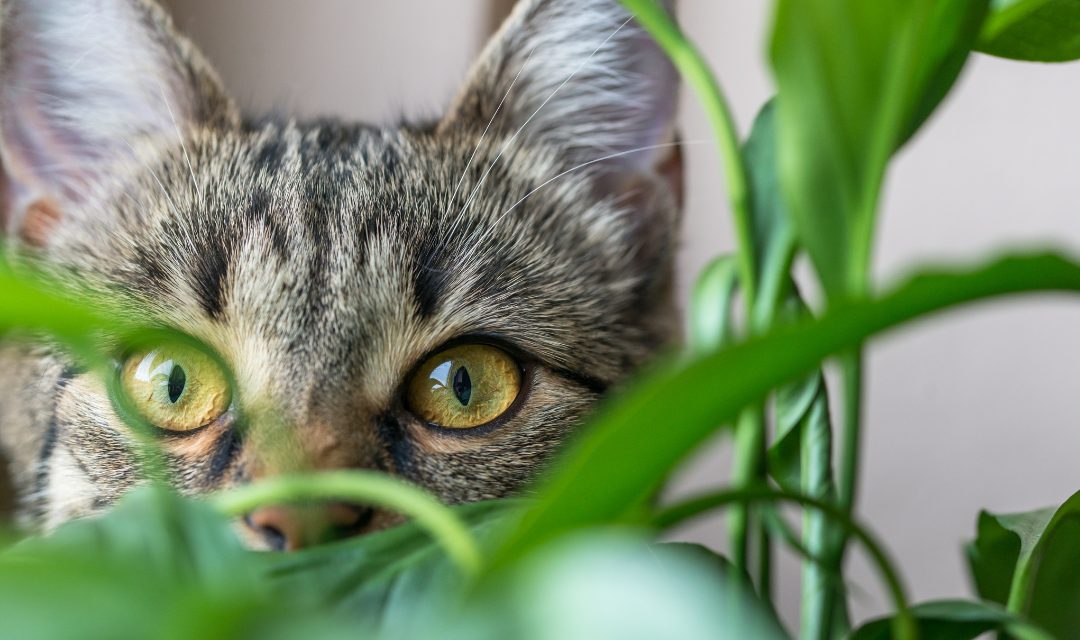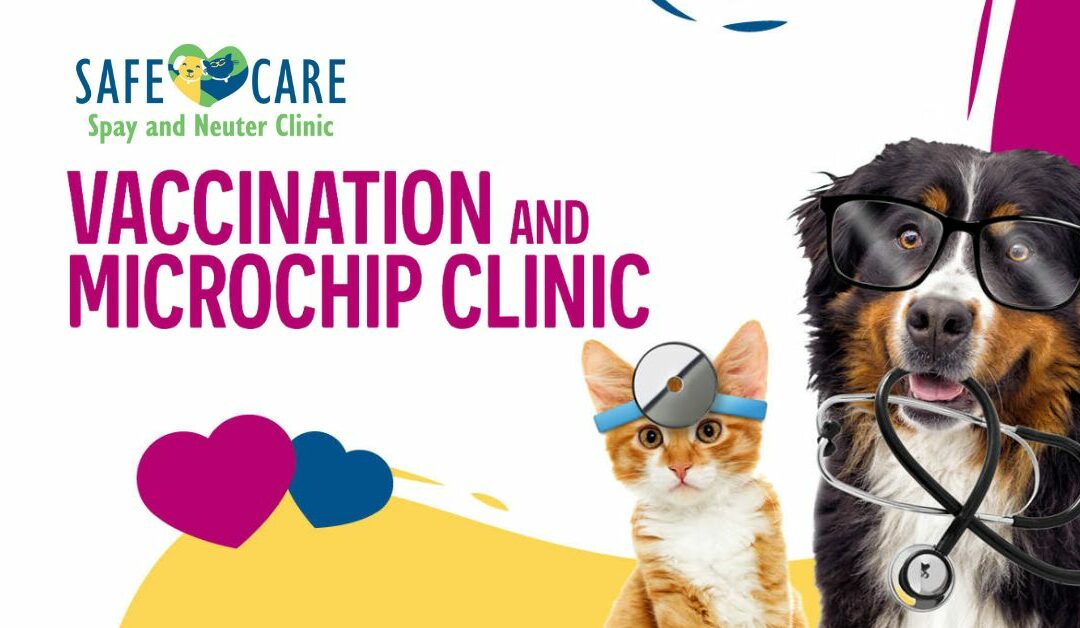
Vax & Chip on June 28!
When pets are like family, we do everything to keep them healthy and safe. Come get your cat or dog vaccinated and microchipped at our Vaccination & Microchip Clinic on Saturday, June 28, 2025, from 9 a.m. – 1:00 p.m. at SAFE Haven for Cats! Rabies and distemper vaccines are only $5 each, and microchips are $15. Supplies are limited. Vaccines and microchips will be available on a first-come, first-served basis, and you must be in line by 12:30 pm for consideration if supplies are still available.
Vaccination and Microchip Clinic
Saturday, June 28, 2025
9:00 a.m. -1:00 p.m.
8411 Garvey Drive, Suite 133C
Why Vaccinate Against Rabies and Distemper?
Rabies and distemper are both highly contagious and highly fatal diseases, but they are easily preventable. Vaccination is key to making sure your pet is protected. Rabies is also required by North Carolina law for all dogs and cats over four months old. Keep your pets protected, and help stop the spread of these serious diseases.
Why Microchipping Matters
If your pet ever gets lost, a microchip can be their ticket home. Only a small percentage of lost pets make it back to their families— just 22% of dogs and 2% of cats. But with a microchip, that number jumps to nearly 75%! A microchip the size of a grain of rice is inserted just under your pet’s skin that can be scanned by shelters or vets to identify and contact you. It’s quick, easy, and one of the best ways to make sure your furry friend stays safe, just in case they ever wander off.
Know Before You Go
-
- Pet Cats: Must be in carriers.
- Feral Cats: Must come in a trap. We will only be offering 1-year rabies for ferals; no other services are available at this time.
- Dogs must be on a leash.
- Payment will be taken at the event. We accept cash and major credit cards.
- You do not need to register in advance for this event.
- You may need to stand in line outside of our facility to wait for your turn to be seen. Please dress appropriately for the weather and bring water!
PRICES
-
- Rabies Vaccination: $5*
- FVRCP (Cats – Distemper) Vaccination: $5
- DHPP (Dog – Distemper) Vaccination: $5
- Microchip: $15
* The 3-year rabies vaccine is available for animals with a valid and current vaccination certificate. The certificate must be displayed at check-in. Otherwise, the one-year rabies vaccine will be administered. We must have the rabies certificate.. A rabies tag is not sufficient evidence of the pet’s vaccination status according to state law.
*The 3-year distemper vaccine is available for animals with a valid and current vaccination status. Please bring your pet’s veterinary records to the clinic and present them at check-in.

